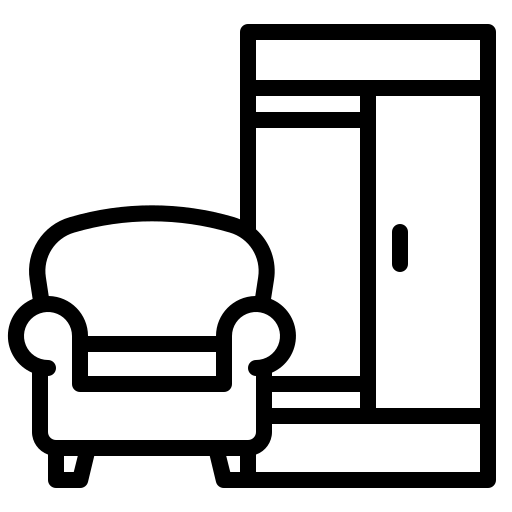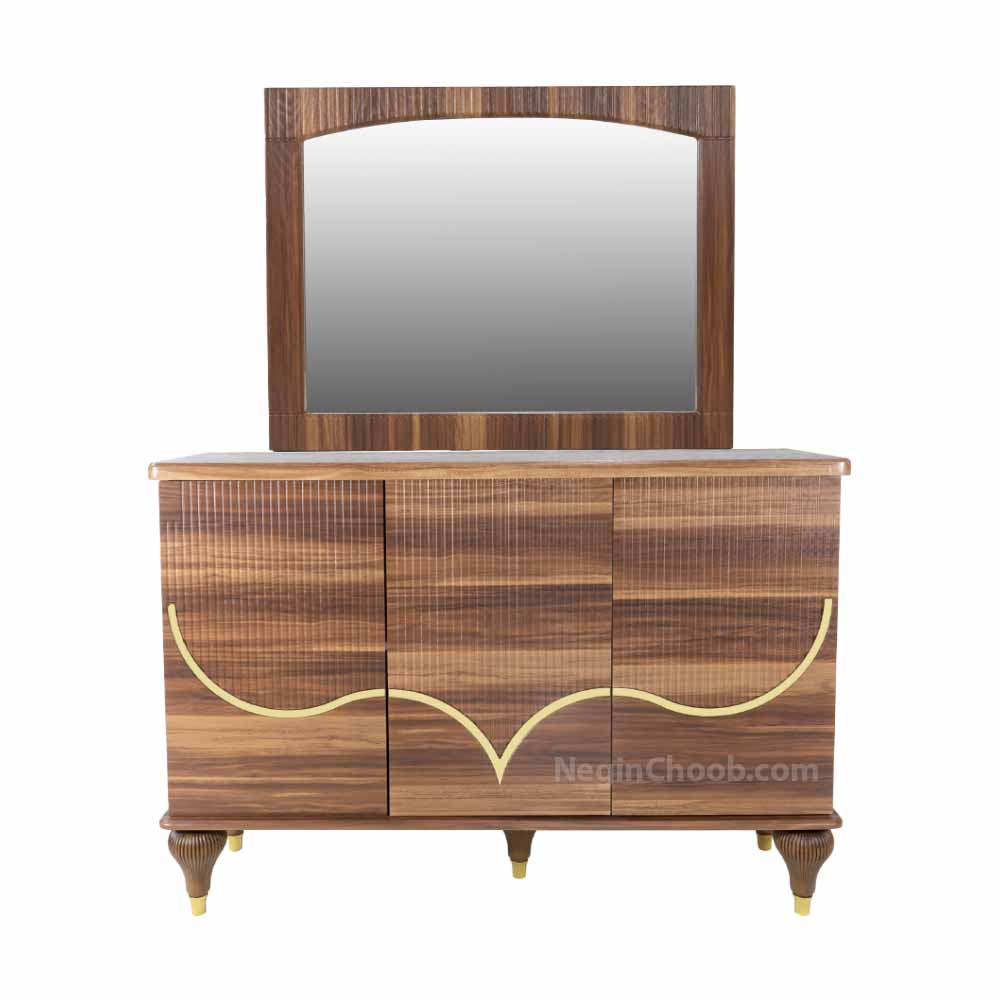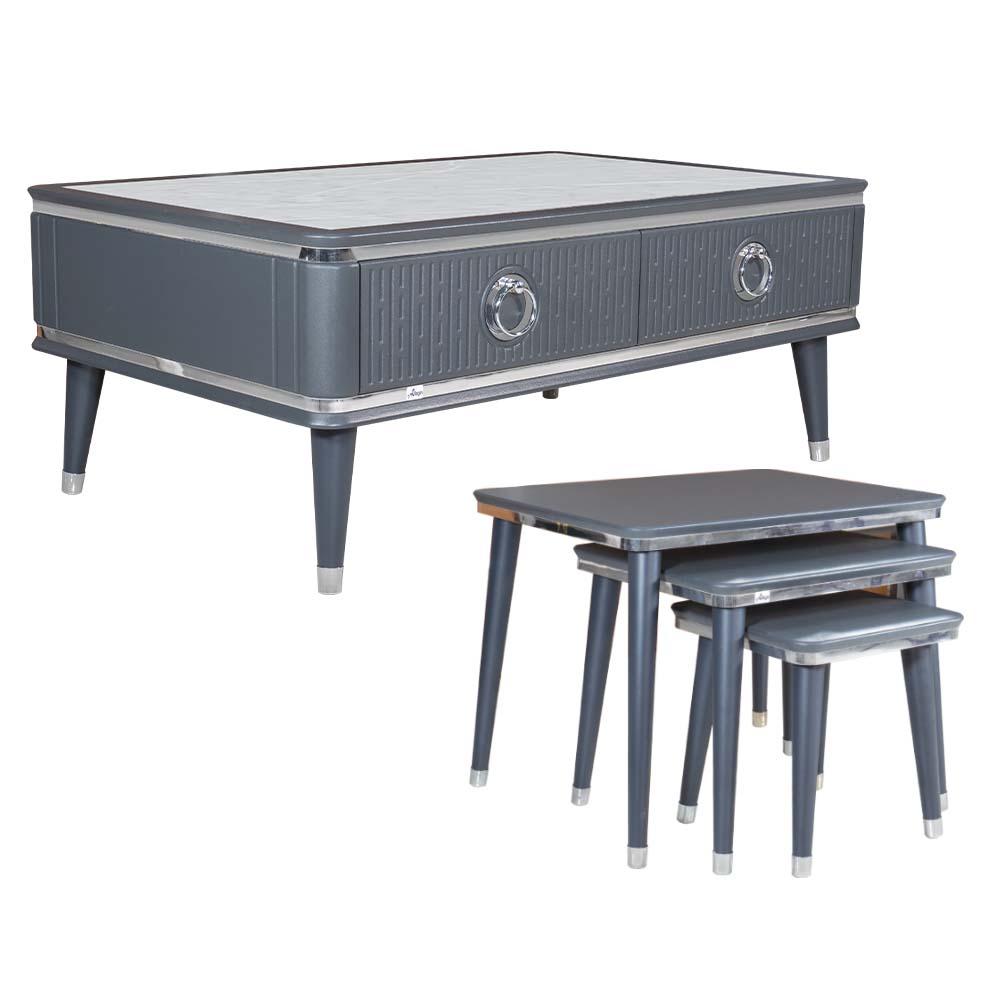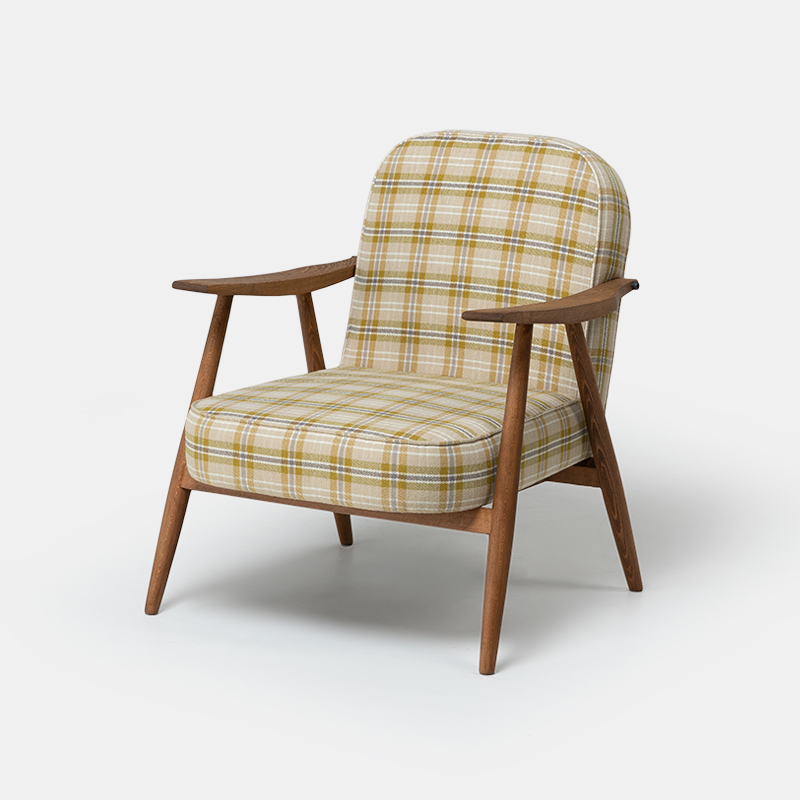Home Furniture
Home furniture serves as both functional and aesthetic elements, shaping the ambiance of living spaces. In 2004, a trend towards minimalist designs with clean lines and neutral colors gained popularity. Modular furniture, offering versatility and adaptability, became a staple in modern homes. Materials like reclaimed wood and sustainable options gained traction, reflecting a growing awareness of eco-friendly choices.
The living room often featured sectional sofas and entertainment units with integrated technology storage. Smart furniture, equipped with built-in USB ports and wireless charging, catered to the tech-savvy lifestyle. Bedrooms embraced platform beds and storage solutions to maximize space.
In the dining area, open-concept designs and multifunctional furniture were prevalent. Sustainable materials like bamboo and recycled metals were integrated into dining sets, aligning with environmental consciousness.
Home offices witnessed a surge in popularity, prompting the emergence of ergonomic furniture to support remote work. Standing desks, ergonomic chairs, and cable management solutions became essential for creating productive yet comfortable workspaces.
Ultimately, the home furniture landscape in 2004 showcased a blend of contemporary aesthetics, sustainability, and functionality, reflecting evolving lifestyles and design preferences.
Achieving a well-rounded and visually appealing design often involves a thoughtful selection of decor elements. Consider incorporating:
1. Artwork: Choose pieces that resonate with your style, whether it's paintings, prints, or sculptures. Art adds personality and visual interest.
2. Mirrors: Reflective surfaces can enhance natural light and make spaces appear larger. Additionally, mirrors serve as decorative focal points.
3. Textiles: Incorporate throw pillows, blankets, and rugs for texture and warmth. Experiment with patterns and colors to add depth to the overall design.
4. Lighting: Install a mix of ambient, task, and accent lighting. Different light sources create a dynamic atmosphere, while stylish fixtures can contribute to the overall aesthetic.
5. Plants: Introduce greenery for a touch of nature. Plants not only improve air quality but also bring life and vibrancy to any space.
6. Candles and Candle Holders: These can add a cozy and intimate feel. Choose scents that complement the ambiance you want to create.
7. Decorative Storage: Functional storage solutions with an aesthetic appeal can help declutter while contributing to the overall design.
8. Personal Items:Display meaningful items like family photos, travel souvenirs, or heirlooms to personalize your space.
9. Accent Furniture: Introduce unique pieces that stand out, such as a statement coffee table, accent chairs, or a distinctive side table.
10. Wall Decor: Besides artwork, consider wall shelves, decals, or even accent walls to break up large expanses and add interest.
Remember, balance and cohesion are key. Select decor that complements your overall design theme and reflects your personal style.

Furniture plays a crucial role in defining the functionality and aesthetics of a space. Key pieces to consider for a well-furnished home include:
1. Living Room Furniture:
- Sofa or Couch: Central seating for relaxation.
- Coffee Table:Centerpiece for the seating area.
- Chairs: Additional seating for guests.
- Entertainment Unit: Housing for TV and media devices.
2. Bedroom Furniture:
- Bedframe: Central piece for sleeping.
- Mattress: Comfortable and supportive.
- Dresser:Storage for clothing.
- Nightstands: Bedside storage.
3. Dining Room Furniture:
- Dining Table:Central gathering point for meals.
- Chairs: Seating around the dining table.
- Buffet or Sideboard: Additional storage for dining essentials.
4. Home Office Furniture:
- Desk: Work surface for productivity.
- Chair:Comfortable and ergonomic.
- Shelving/Storage: Organizational space for office supplies.
5. Kitchen Furniture:
- Dining Set: Table and chairs for casual meals.
- Kitchen Island: Additional workspace and storage.
- Barstools: Seating for kitchen counters.
6. Outdoor Furniture:
- Patio Set: Table and chairs for outdoor dining.
- Lounge Chairs:Comfortable seating for relaxation.
- Outdoor Sofa: Seating for socializing.
7. Storage Furniture:
- Bookshelves: Display and storage for books or decor.
- Cabinets: Concealed storage for various items.
- Wardrobe/Armoire: Additional clothing storage.
8. Accent Furniture:
- Side Tables: Small tables for placement beside seating.
- Console Tables: Entryway or hallway focal points.
- Ottomans/Poufs: Versatile seating and footrests.
Selecting furniture that aligns with your lifestyle, space constraints, and design preferences ensures a cohesive and functional interior. Quality and comfort are essential considerations for a well-rounded home environment.
home appliances are typically distinct from furniture. Furniture refers to movable objects designed to support various human activities, providing functionality and decor. This includes items like sofas, beds, tables, and chairs.
Home appliances, on the other hand, are electric or mechanical devices designed to perform specific tasks, often related to household functions. Examples of home appliances include refrigerators, ovens, washing machines, and vacuum cleaners.
While both furniture and home appliances contribute to the functionality of a home, they serve different purposes. Furniture enhances living spaces through seating, sleeping, and storage solutions, while appliances facilitate specific tasks such as cooking, cleaning, and food preservation. It's common for people to consider both aspects when creating a well-rounded and functional home environment.

The choice between wood and metal for furniture material depends on various factors, including your preferences, style, and the intended use of the furniture.
Wood:
- Aesthetics:Wood is often praised for its warm and natural appearance. It adds a timeless and classic feel to furniture.
- Versatility: Wood comes in various types (oak, pine, mahogany, etc.) offering diverse aesthetics. It's also versatile in terms of finishes and stains.
- Durability:Depending on the type of wood, it can be quite durable. Hardwoods like oak and maple are known for their strength.
Metal:
- Modern Aesthetics:Metal furniture tends to have a sleek and modern appearance, making it suitable for contemporary designs.
- Durability:Metal furniture can be highly durable and resistant to wear and tear, especially if it's made from materials like stainless steel or aluminum.
- Versatility: Metal allows for creative and unique designs. It's often used in industrial and minimalist styles.
Consider the context and usage when making a decision. Wooden furniture may be preferred for its traditional charm and warmth in residential spaces, while metal might be chosen for its contemporary look and durability in areas with high traffic or outdoor settings. Many designs also incorporate a combination of both materials for a balanced and stylish look.
Achieving a well-rounded and visually appealing design often involves a thoughtful selection of decor elements. Consider incorporating:

Furniture plays a crucial role in defining the functionality and aesthetics of a space. Key pieces to consider for a well-furnished home include:
- Sofa or Couch: Central seating for relaxation.
- Coffee Table:Centerpiece for the seating area.
- Chairs: Additional seating for guests.
- Entertainment Unit: Housing for TV and media devices.
- Bedframe: Central piece for sleeping.
- Mattress: Comfortable and supportive.
- Dresser:Storage for clothing.
- Nightstands: Bedside storage.
- Dining Table:Central gathering point for meals.
- Chairs: Seating around the dining table.
- Buffet or Sideboard: Additional storage for dining essentials.
- Desk: Work surface for productivity.
- Chair:Comfortable and ergonomic.
- Shelving/Storage: Organizational space for office supplies.
- Dining Set: Table and chairs for casual meals.
- Kitchen Island: Additional workspace and storage.
- Barstools: Seating for kitchen counters.
- Patio Set: Table and chairs for outdoor dining.
- Lounge Chairs:Comfortable seating for relaxation.
- Outdoor Sofa: Seating for socializing.
- Bookshelves: Display and storage for books or decor.
- Cabinets: Concealed storage for various items.
- Wardrobe/Armoire: Additional clothing storage.
- Side Tables: Small tables for placement beside seating.
- Console Tables: Entryway or hallway focal points.
- Ottomans/Poufs: Versatile seating and footrests.

- Aesthetics:Wood is often praised for its warm and natural appearance. It adds a timeless and classic feel to furniture.
- Versatility: Wood comes in various types (oak, pine, mahogany, etc.) offering diverse aesthetics. It's also versatile in terms of finishes and stains.
- Durability:Depending on the type of wood, it can be quite durable. Hardwoods like oak and maple are known for their strength.
- Modern Aesthetics:Metal furniture tends to have a sleek and modern appearance, making it suitable for contemporary designs.
- Durability:Metal furniture can be highly durable and resistant to wear and tear, especially if it's made from materials like stainless steel or aluminum.
- Versatility: Metal allows for creative and unique designs. It's often used in industrial and minimalist styles.
FAQs
What does furniture do for a home?
Furniture enhances functionality and aesthetics, providing seating, storage, and defining the overall style of a home.
What is the most popular type of sofa?
The sectional sofa is currently a popular choice, offering versatile seating arrangements and modern design.
What are coffee tables used for?
Coffee tables serve as a central surface for placing beverages, snacks, and decor, enhancing the functionality and style of a seating area.
Where should a coffee table be placed?
Place a coffee table in the center of a seating arrangement, within easy reach of sofas and chairs, creating a focal point in the living room.
































.jpg)
